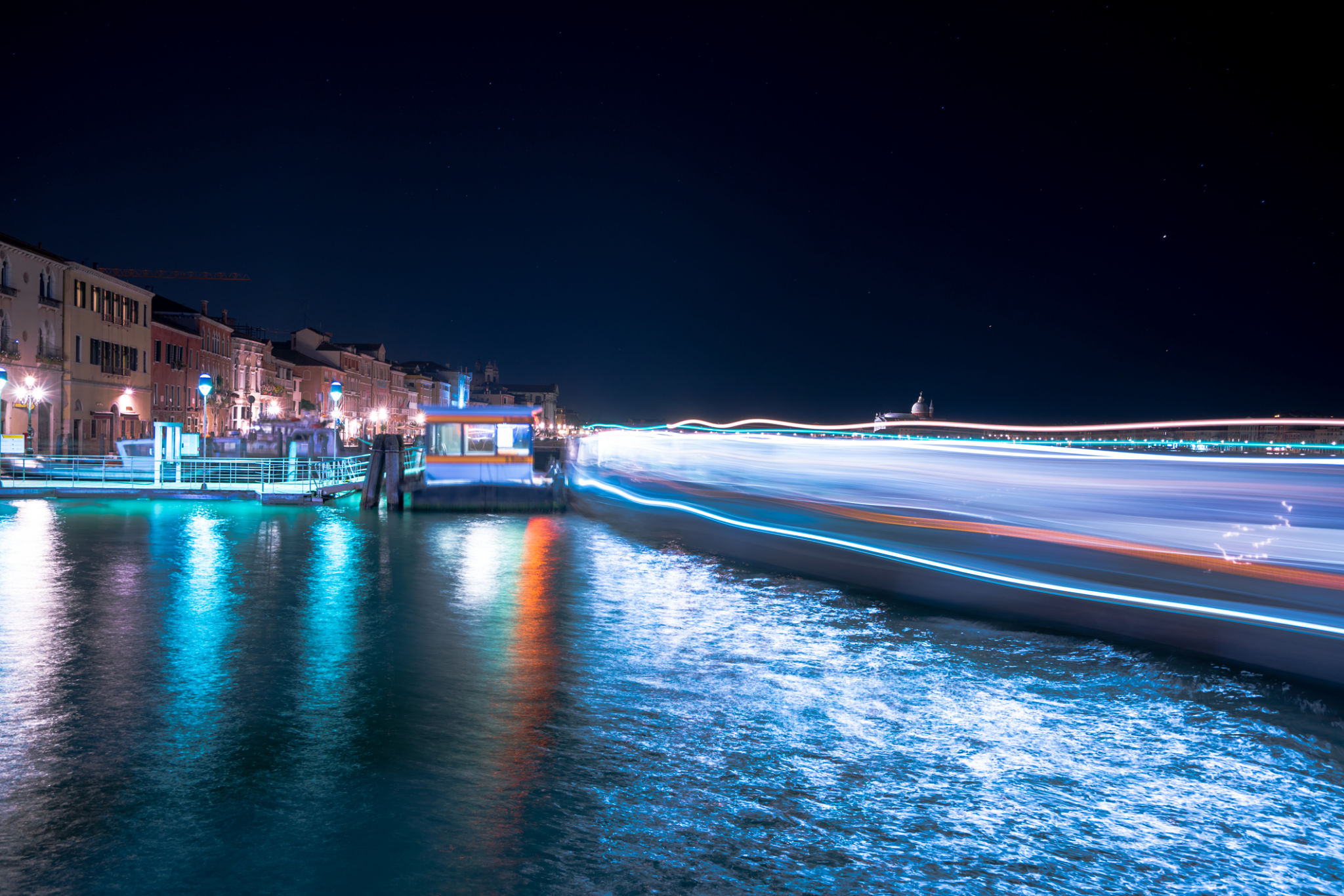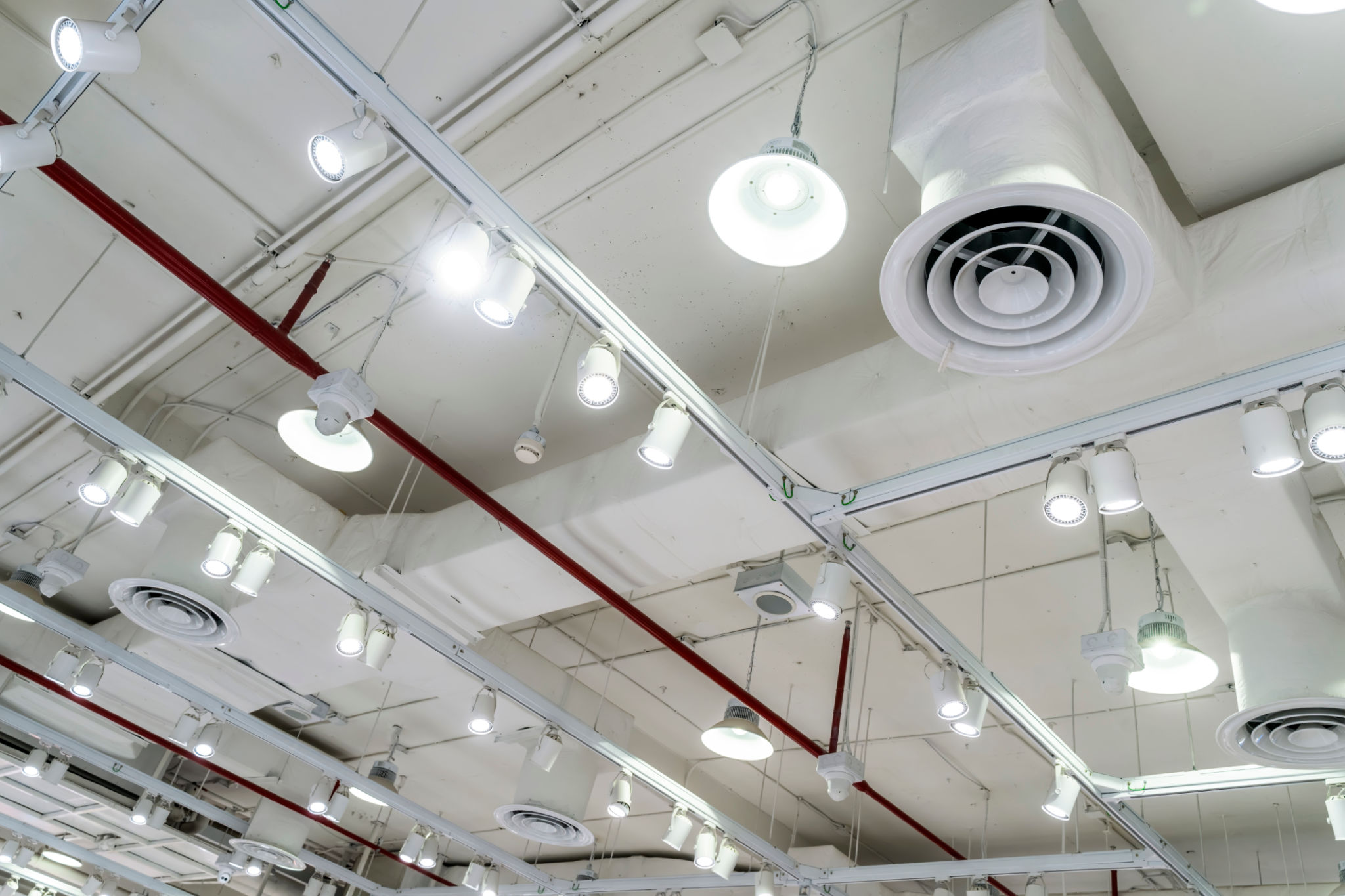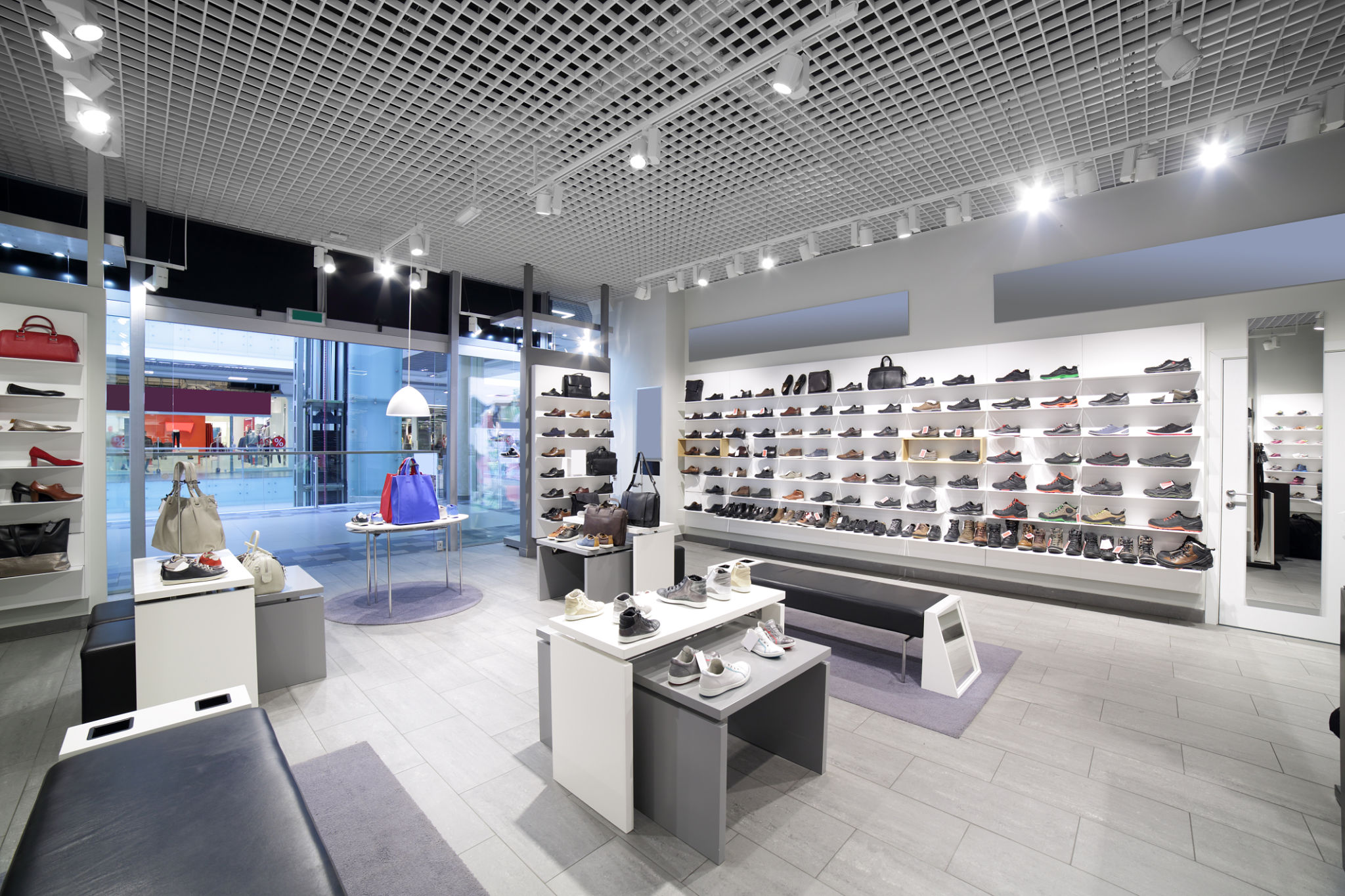The Role of Light in Venetian Product Photography
MB
Understanding the Importance of Light in Photography
Light is the essence of photography. Without it, capturing the beauty and detail of a subject becomes virtually impossible. When it comes to Venetian product photography, light plays a crucial role in highlighting the intricate details and craftsmanship that these products are renowned for. Whether you're photographing delicate glassware, richly textured fabrics, or intricately designed masks, understanding how to manipulate light can make all the difference.
In Venetian photography, the goal is often to capture the elegance and artistry of the products. Proper lighting enhances these qualities, allowing potential customers to appreciate the fine details that might otherwise go unnoticed. By using the right lighting techniques, photographers can create images that not only showcase the products but also evoke the ambiance of Venice itself.

Natural vs. Artificial Light
One of the first decisions a photographer must make is whether to utilize natural or artificial light. Each has its own set of benefits and challenges. Natural light, for instance, can provide a soft and authentic look that resonates with the traditional aspects of Venetian products. The interplay of sunlight and shadows can add depth and dimension to the images.
On the other hand, artificial light offers greater control. Photographers can adjust the intensity, direction, and color temperature to achieve the desired effect. This is particularly useful when shooting indoors or in locations where natural light is limited. By combining both natural and artificial sources, photographers can create a balanced and appealing composition.

Techniques for Enhancing Product Features
Several techniques can be employed to enhance product features through lighting. One popular method is backlighting, which involves placing a light source behind the product. This technique is particularly effective for transparent or translucent materials like Murano glass, as it highlights their color and clarity.
Another technique is side lighting, which emphasizes texture and depth. By casting shadows on one side of the product, photographers can bring out details that might otherwise be overlooked. This is ideal for capturing the intricate patterns and designs often found in Venetian textiles.

The Role of Reflectors and Diffusers
Reflectors and diffusers are essential tools in product photography. Reflectors help bounce light back onto the subject, reducing harsh shadows and highlighting specific areas. They are particularly useful when working with natural light, as they allow photographers to direct sunlight onto the product without altering its natural quality.
Diffusers, on the other hand, soften the light source, creating a more even distribution of light across the subject. This technique is beneficial when photographing shiny surfaces that can create unwanted glare or reflections. By diffusing the light, photographers can achieve a more polished and professional look.
Post-Processing: The Final Touch
Once the photographs are taken, post-processing allows photographers to refine their images further. Adjustments to brightness, contrast, and color saturation can enhance the visual appeal of Venetian products. While it's important to maintain authenticity, slight enhancements can make a significant difference in how products are perceived by customers.
Modern editing software offers a range of tools to help photographers perfect their images. Cropping, retouching, and color correction are just a few techniques that can be employed to ensure that every image captures the essence of Venetian artistry.

Conclusion: The Art of Lighting in Venetian Photography
The role of light in Venetian product photography cannot be overstated. It is an art form that requires skill and creativity to master. By understanding how to manipulate both natural and artificial light sources, photographers can create stunning visuals that truly represent the beauty of Venetian products.
Whether you're an aspiring photographer or a business owner looking to showcase your products, mastering lighting techniques can elevate your images and make them stand out in a competitive market. Ultimately, it's about capturing not just a product, but a piece of Venice itself.
